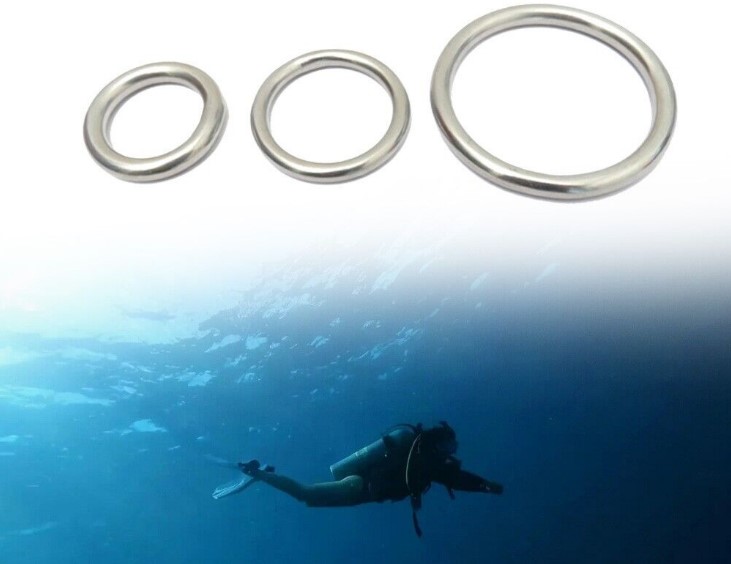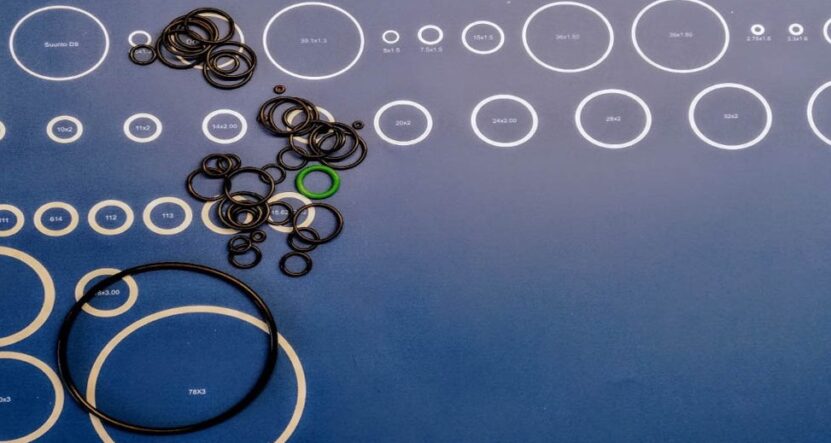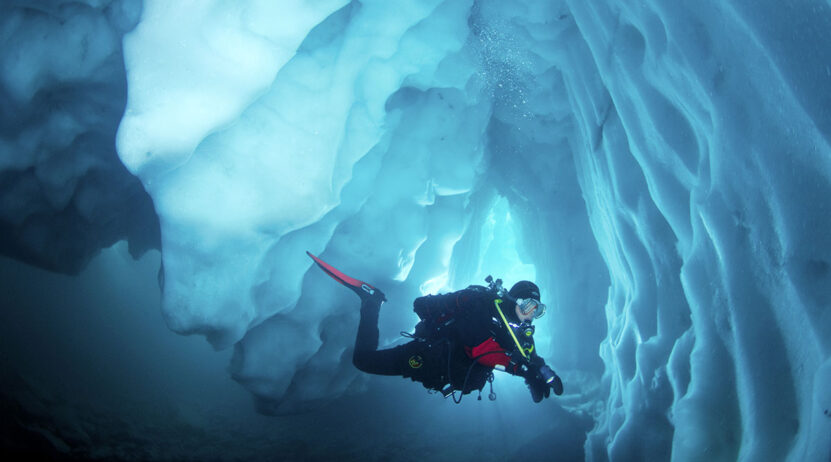At first glance, o-rings – those tiny, innocuous-looking loops of rubber – might not seem like a vital part of your scuba diving gear. In reality, though, they play a crucial role in ensuring your underwater adventures remain safe and enjoyable. These seemingly insignificant components form the backbone of your equipment’s reliability and functionality by sealing off high-pressure interfaces.
But just like any other component, o-rings demand proper care and maintenance. Failing to do so could potentially lead to gear malfunctions or even dangerous diving situations. Therefore, this post aims to equip you with all the necessary knowledge and best practices for caring and maintaining your scuba diving o-rings.
1. Understanding the Role of O-Rings

In scuba diving equipment, o-rings are employed wherever there’s a need for a watertight seal, whether that’s in your regulators, tanks, or hoses. Their purpose? To prevent water from getting in and gas from getting out. They’re designed to deform slightly when compressed, ensuring a snug fit and a tight seal. Their performance, however, is subject to their condition.
An o-ring that’s been cared for will maintain its elasticity and continue to provide a reliable seal. Conversely, an o-ring that’s been neglected may dry out, crack, or otherwise degrade, putting you at risk of equipment failure. That’s why understanding and implementing a regular care and maintenance routine for your o-rings is vital for every diver. If you’re in need of updating your Apeks service kit, you can find a nice source if you visit this site.
2. Regular Inspection
An essential part of maintaining o-rings involves regular inspection. Don’t wait until you’re prepping for a dive to check them. The best time is immediately after a dive. Look for signs of wear, damage, or deterioration such as cracking, deformation, or discoloration. Even minor wear can lead to leaks, so don’t ignore seemingly small issues. While inspecting, also check for debris, which can compromise the integrity of the seal. Regularly practicing this will make you more attuned to spotting potential issues before they escalate into significant problems.
3. Cleaning and Lubrication
The cleaning process for o-rings is simple yet effective. Use a soft cloth or a non-abrasive tool to remove any surface debris gently. Then, use a cleaning solution recommended by your equipment’s manufacturer to clean them. Once cleaned, apply a suitable lubricant thinly. The lubricant not only helps the o-ring create a better seal but also prevents it from drying out or cracking. Remember, though, not all lubricants are created equal. Some can damage certain o-ring materials, so always use a lubricant compatible with your specific o-rings.
4. Storage Practices

Proper storage of your scuba gear, including o-rings, is as essential as cleaning and lubrication. Store your gear in a cool, dry place, away from sunlight, chemicals, and extreme temperatures. These elements can cause o-rings to degrade over time, leading to reduced performance or failure. If you have spare o-rings, keep them in a clean, dust-free container to protect them from dirt and debris.
5. Handling Techniques
When it comes to handling o-rings, care is the keyword. Avoid using sharp tools that can nick or cut the o-ring. Also, avoid stretching or twisting them excessively as this can weaken their structure. Always handle them with clean hands to prevent the transfer of oils, dirt, or other contaminants that could affect their performance.
6. O-Ring Replacement Schedule
Regular replacement of o-rings is also essential. The frequency will depend on the manufacturer’s recommendations, your diving frequency, and the environmental conditions you dive in. As a rule of thumb, replace your o-rings annually or if you notice any signs of wear or damage, whichever comes first. Following a regular replacement schedule can help avoid unexpected equipment failure during a dive.
7. Diving in Cold Water

Cold water brings unique challenges for divers and their o-rings. Low temperatures can cause o-rings to freeze or stiffen, resulting in a loss of sealing ability. Using o-rings and lubricants specifically designed for cold environments can help mitigate these issues. After diving in cold water, inspect and clean your o-rings promptly to prevent them from freezing or cracking.
8. Saltwater Considerations
When it comes to scuba diving in saltwater environments, the corrosive nature of salt poses a potential risk to your gear, including o-rings. To ensure their longevity and performance, it is crucial to adopt proper saltwater considerations. After each saltwater dive, it is essential to thoroughly rinse your gear, paying close attention to the o-rings, to remove any salt deposits that may have accumulated.
This rinsing process helps prevent salt-induced corrosion and deterioration. Additionally, to maintain the o-rings’ elasticity and protect them from further damage, it is recommended to apply a suitable lubricant after rinsing. By incorporating these practices into your routine, you can safeguard your o-rings and extend their lifespan in saltwater environments.
9. Emergency O-Ring Repair
Having a spare set of o-rings and an emergency o-ring repair kit can be a lifesaver during a dive trip. If you need to replace an o-ring in the field, ensure you’re familiar with the process and have the right tools. However, remember that this is only a temporary solution, and you should seek professional servicing as soon as possible.
10. Professional Servicing
No matter how diligent you are in maintaining your o-rings, regular professional servicing is crucial to ensure the longevity and reliability of your scuba diving gear. Entrusting an authorized technician with the task allows for a comprehensive inspection, where worn or damaged o-rings can be promptly identified and replaced.
These skilled professionals possess the expertise and knowledge to assess the condition of your equipment accurately. By undergoing professional servicing, you can have the confidence that your o-rings and other components are in optimal condition, ensuring a watertight seal and minimizing the risk of equipment malfunctions during your dives. Prioritizing professional servicing provides peace of mind, allowing you to focus on the adventure beneath the waves.
11. O-Ring Troubleshooting
Occasionally, scuba divers may face issues with their o-rings, such as leaks, improper seating, or failure to hold pressure. When encountering these problems, it’s crucial to have troubleshooting skills in your arsenal. Start by inspecting the o-ring for any visible damage or signs of wear. Ensure that the o-ring is positioned correctly and seated properly in its groove.
If you’re unsure about the troubleshooting steps or encounter persistent issues, it’s advisable to seek guidance from a professional. Consulting with an experienced technician can help you address the problem effectively and prevent any further damage to your scuba diving equipment.
Conclusion
The humble o-ring, though small in size, is colossal in its role within your scuba diving gear. Treat it with the care and attention it deserves, and it will ensure your underwater adventures remain safe, exciting, and worry-free.
